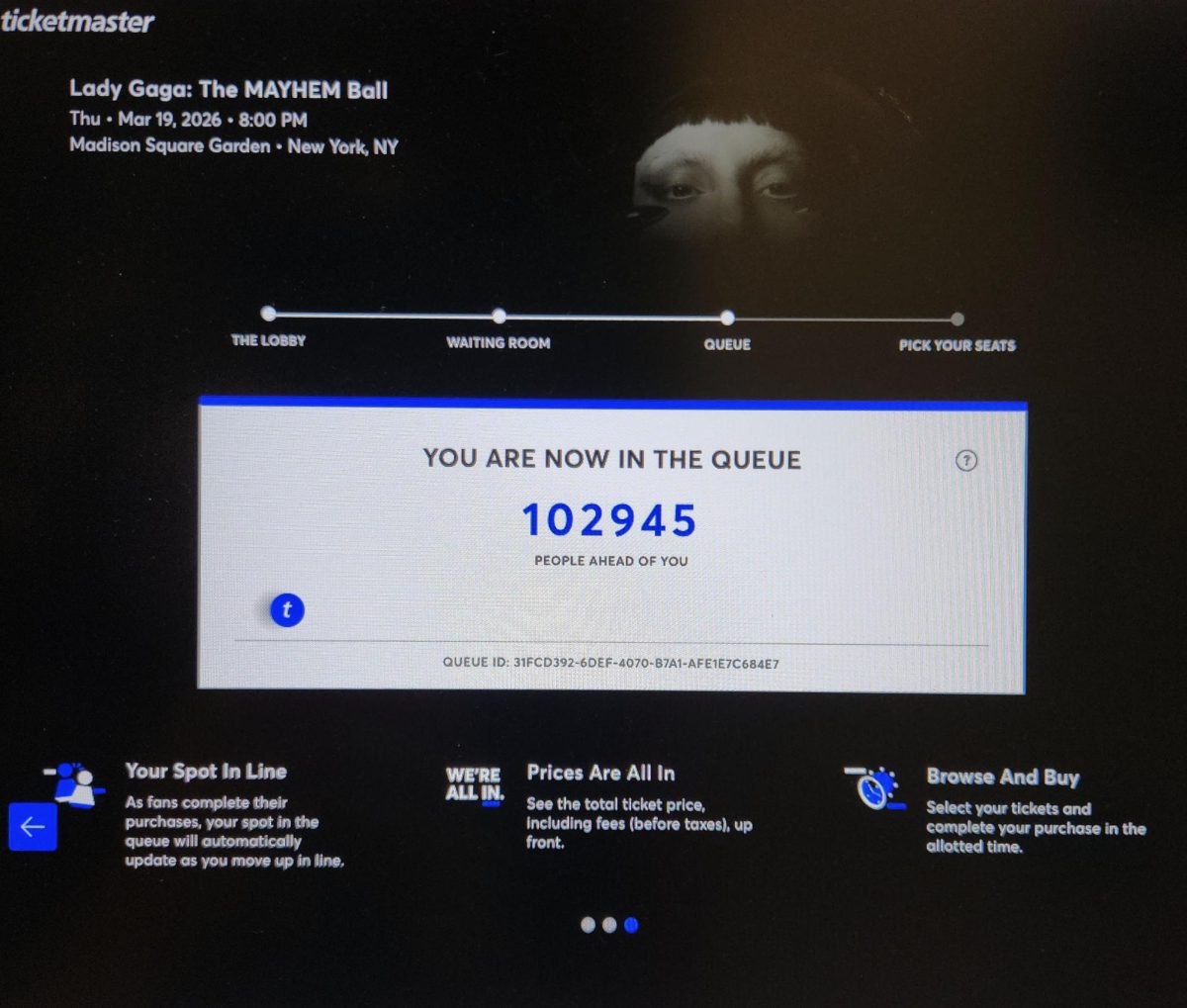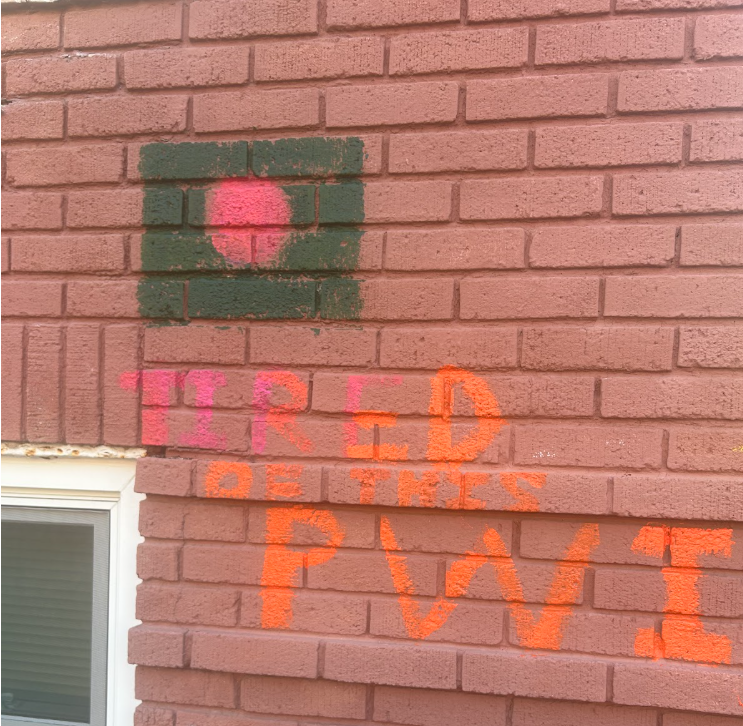With the New Hampshire primary approaching — and by the time this article is published, results will be in (Editor’s note: Bernie Sanders and Donald Trump won their perspective primaries) — it is important for young people to vote and remain educated about whom they are voting for and why. There are two types of elections: a caucus and a primary. Registered voters take part in primary elections by casting ballots. Unlike a primary, caucuses are an opportunity for representatives of candidates to get together and discuss openly who they are voting for, culminating in an age-old tradition of hand-raising.
The majority of states hold primaries, while states like Iowa, Maine and Minnesota hold caucuses. However, the tricky part about primary elections and caucuses are that only registered party members can vote. For example, if you are registered as a Democrat you cannot vote outside party lines. Thus, someone can vote either for Bernie Sanders or Hillary Clinton. Originally the caucus was the way parties chose their best candidate, however as time went on, most states adopted the secret ballot or the Australian Ballot. There is one thing that both parties agree on: Everyone, no matter what party, ideology or background, should get out and vote.
That being said, Republicans and Democrats do not run their caucuses the same way. In fact, Democratic and Republican caucuses are incredibly different and complicated. The Republican Party begins with the Pledge of Allegiance, and then the candidates get straight to work, making a last minute pitch to have wavering voters choose them. The raw vote count is tallied and sent to the GOP headquarters, where an official vote count is kept running.
Democrats, on the other hand, ask voters to declare who they are voting for, while strong supporters stake out corners of the room in hopes of pulling the “uncommitted” voters. If the uncommitted voters cannot make up their minds, they are relegated to the “uncommitted party,” where their votes do not count for a candidate.
Caucuses, however, have a major catch: a candidate needs 15 percent of the vote in each precinct to allow caucus-goers to continue supporting that same candidate. In the Iowa caucus, Martin O’Malley had three percent of the votes, thus his supporters were required to switch allegiances to another candidate or have their votes not count. The number of votes a candidate receives determines how many delegates they are entitled to at the nominating convention.
Iowa is the first state in the nation to vote in a caucus or a primary. Thus it sets the tone for the rest of the primaries. This makes Iowa one of the most important states to watch. Iowa is used as a chance for either the poll leaders to gain momentum or for lesser known candidates to step into the spotlight of the political theatre.
Most of the time, the Iowa caucus results in candidates’ realizing they are wasting their time and money and as a result, dropping out of the race. Even if candidates lose the caucus, they have an opportunity to continue running based on the amount of support they garner. While Iowa is not an important state in terms of delegate numbers, it continues to captivate Americans, influence races and persuade voters.
Why should one follow the presidential race, and why is it important to keep yourself educated? It boils down to one thing: a person has the constitutional right to vote. Economic policies will affect one’s future self and the choices and opportunities one will have later down the road. One should vote for the candidate who most aligns with their political views and who has the ability to shape the social agenda to their wants and needs. A vote can shape environmental policy, foreign policy, social agenda and domestic policy. It is an opportunity for young people and old people alike to have a voice in the American government.
College students have the potential to swing the voting block and elect a candidate who focuses on students’ issues. Seniors have the ability to swing the vote to their needs, and seniors are turning out in record numbers. Politicians do not address students’ needs and concerns unless students vote. The same goes for every demographic. Historically speaking, the Democratic Party needs young people, educated people, and minorities to vote in elections while the Republican party relies on middle to upper class, and often times older, voters.
No matter where you’re from, what you look like, what your PGPs are or what you are interested in, one thing is for certain: you should get out and vote. You have the chance to influence our country for years to come by voting. Use that right and change your country for the better.







Steven Gill • Sep 11, 2019 at 11:13 pm
Hey there! I’ve been reading your weblog for some time now and finally got the courage to go ahead and give you a shout out from Humble Tx! Just wanted to tell you keep up the fantastic work!
Zoe Lambert • Sep 10, 2019 at 4:47 pm
Can you please forward me the code for this script or please tell me in detail about this script?
Una Abraham • Sep 6, 2019 at 5:54 pm
I know this website provides quality based articles or reviews and additional data, is there any other web site which offers these kinds of information in quality?
free proxy • Aug 5, 2019 at 9:48 pm
What’s up,I read your blog named “What’s the deal with caucuses and primaries? How they work and why everyone needs to rock the vote – The Mac Weekly” on a regular basis.Your humoristic style is awesome, keep doing what you’re doing! And you can look our website about free proxy.